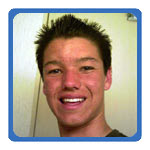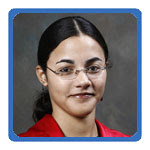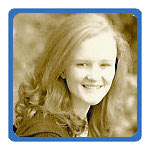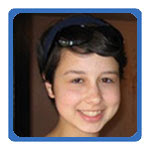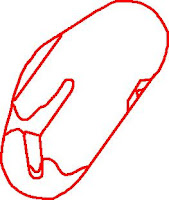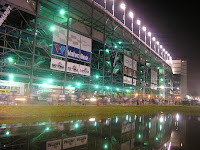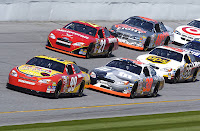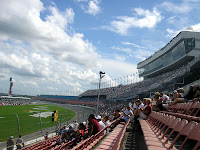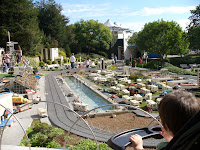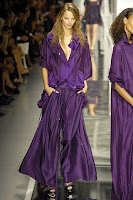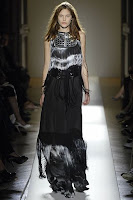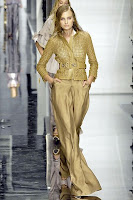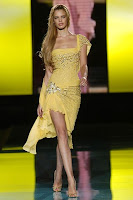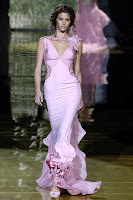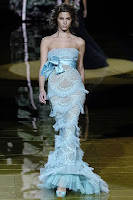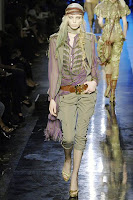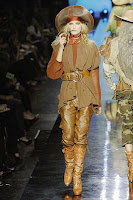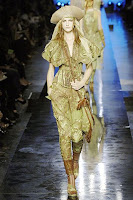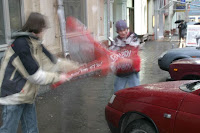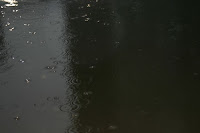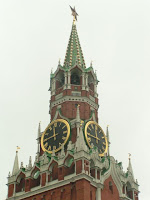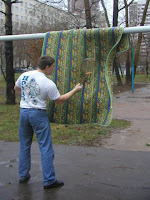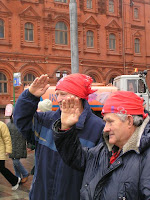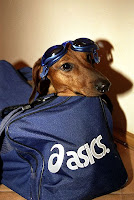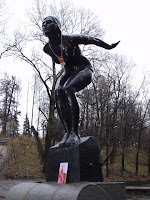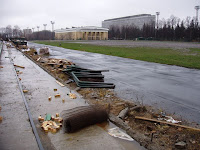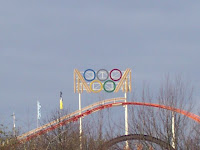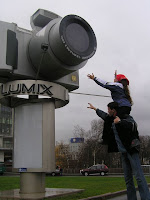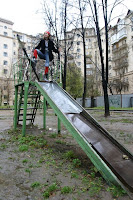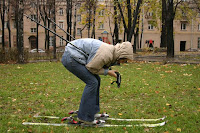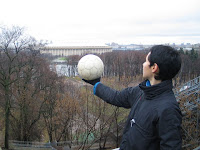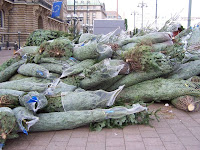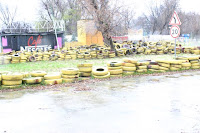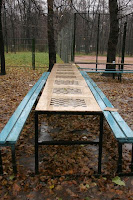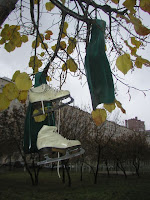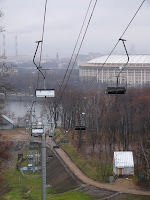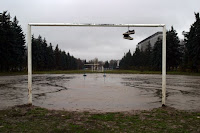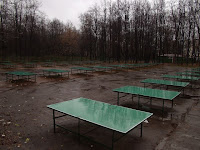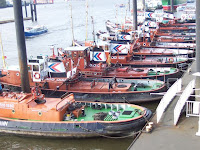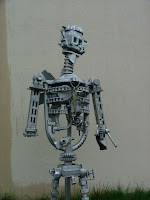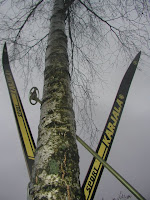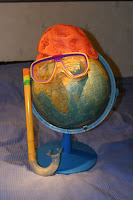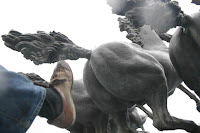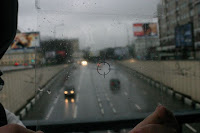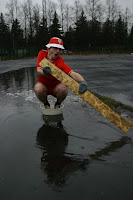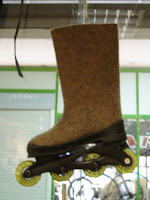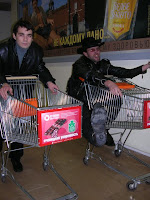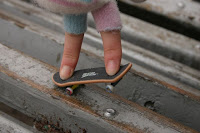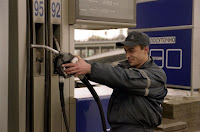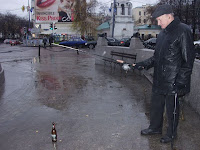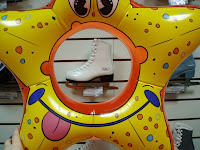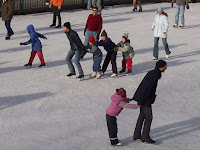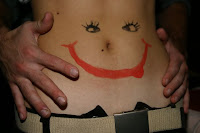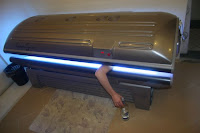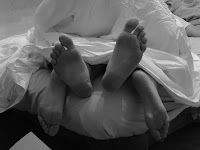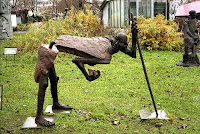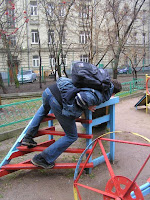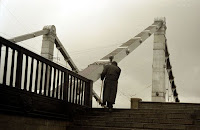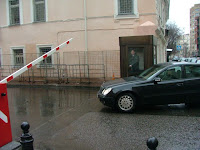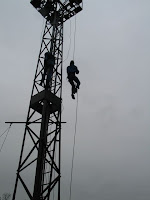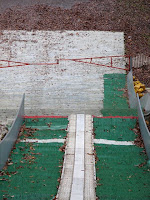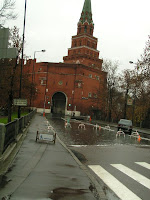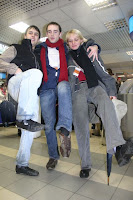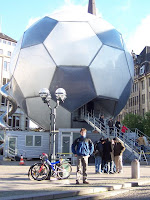College Scholarships and Grants
The rising costs of a college education have made some feel that postsecondary degrees are a luxury. There is no need to see things this way as help is there for those who need it. College scholarships and grants are readily available to students willing to do the research and pay attention to the regulations.
Each scholarship supplier sets their own up rules about who can and cannot apply, and scholars should not waste their time applying for scholarships they are not eligible to receive. Finding college scholarships and grants with eligibility criteria you meet is key to receiving awards. Don’t ever cross your fingers hoping the provider won’t notice that you didn’t follow one tiny little rule. The more applications providers receive, the more likely they are to toss aside those of students who don’t match their target profile, no matter how good the assay or project. Here are some important details scholars should pay attention to ahead sending out their practical application*.
Deadlines: Be sure to check the deadlines of college scholarships and grants before beginning the necessary work. Providers know the deadlines well; it’s tough to fool them. It’s best to apply early in the cause that materials get lost or misplaced, but if you can’t help but ship things priority mail the nighttime before they are due, at least make sure you have the dates straight. Do the applications have to be in by the deadline or must they be postmarked by the deadline? If you don’t know, call and ask. These details can make all the difference.
Age: It may not always seem fair, but rules are rules. If your scholarship of interest is restricted to highschool elders who turn eighteen of Dec 1st and you’re a high school senior who turns eighteen on the second, don’t waste your time. For whatever reason, the provider has set these rules, and there’s no use in spending your time on such awards. Myriad college scholarships and grants are out there, ones that you are qualified to receive. To find scholarships that match your qualifications, you may conduct a free college scholarship search at Scholarships.com.
Spelling and Grammar: Orthography are the unwritten criterion. Depending on the scholarship supplier and the targeted group of students, reviewers may be more or less lenient on this issue. If the scholarship is restricted to science students with exceptional research experience, mediocre, or even substandard, writers may catch a break. The same may not be true for scholarships offered to students who major in English or history. Regardless of major, at least perfect your spelling. Conduct a computer spell check and reread your application a lot of times. Finally, have someone with a good, critical eye proof-read it. It is often difficult to spot one's own errors and there are some things that "spellcheck" won't catch. Remember that computers can’t fix everything. Write isn’t always right.
Culinary Arts Scholarships
Culinary Arts students enter an useful and interesting professing, but the road to this particular career is undeniably difficult. According to the Department of Labor, the medial annual wage-and-salary earnings by restaurant cooks was $20,340 in 2006—barely an living wage, depending upon where you live. As you may have guessed, this means that culinary arts students is much more likely to default on student loans than students in other fields.
For this reason, these scholars should be reaching out for additional types of financial aid, namely college scholarships and grants. Many scholarships are available for those who do the research, culinary arts scholarships among them.
While average wages may make affording an education tough for culinary arts students, things will certainly be easier for those without hefty loans to worry about. Students in need of additional aid for their education should seriously consider applying for culinary arts scholarships. By concentrating on awards especially made for chefs in the making, students can eliminate a great deal of the competition.
To find culinary arts scholarships as well as other scholarships and grants you may be eligible to receive based on different criteria, try conducting a free college scholarship search at Scholarships.com. The road to making a good living in this career may be tough, but getting through school will bring you one step closer.
Fashion College Scholarships
No one would go to fashion shows to see skinny girls walk back and forth. Without fashion, the world of modeling and famous person just wouldn’t be the same. And, as much as everyone loves to complain about materialism, fashion and the dissolute love of luxury are not one and the same.
There is more to it, and fashion fanciers can see that. By majoring in fashion, students can realize their originative streak and refine their talent. Unfortunately, there are only so many Giorgio Armanis and Donatella Versaces, sol students who want to make it big must work hard. Fashion doesn’t stop when class lets out. Internships, and traveling, and work, and work and work are all a part of the industry.
One thing students won’t want to worry about is money. Going to school and dressing to impress for internships will quickly max out one’s credit card. Before taking out loans which only when postpone and, ultimately, compound problems, students should search for fashion scholarships. Those who need financial assistance should 1st look for aid that doesn’t price money, scholarships being at the top of that ezine.
Scholarship F.A.Q.
What is the difference between a lottery scholarship and a merit scholarship? Most scholarships are awarded on the basis of merit; thus, students distinguished by academic excellence, participation in extracurricular activities, and involvement in community service have the best chance at receiving one of these rewards. Lottery scholarships, on the other hand, though not uncommon are chosen at random. This means that every student who applies for a chance at receiving a scholarship has an equal chance of winning.
What are my chances of receiving a scholarship? This depends largely upon the scholarship, how well you meet qualifications, and the level of effort that you exert in your search. Typically, if you can find scholarships that are limited to students within a state, city, sport, or academic study, you have a better chance of winning. The more applicants there are for a particular offer, the less chance you have of winning. Choose scholarships that give you an opportunity to exercise your skills in an area of interest to you—this should increase your chance of winning. Also, keep in mind that to find money for college, you have to create your own success by committing the time and brain power necessary to achieve your goal.
How does community service increase my chances for receiving a scholarship? Not only is community service experience a common essay topic, but your involvement in community service can distinguish you from other applicants. Scholarship providers often look for this quality because they are looking to assist in funding the education of someone who gives back to their community and values making contributions of time and service for its benefit.
Who should I ask to write my letter of recommendation? Start by asking a teacher, employer, or mentor. Do not ask a friend or family member. A letter of recommendation is similar to a professional reference; choose someone who can articulate your strengths and praise your accomplishments.
If the required G.P.A. is 3.8 and I have a 3.7 should I still apply? No. If you don't meet the criteria exactly you shouldn't apply. Scholarship offers typically receive thousands of applications. Anyone who doesn't meet the requirements is typically disqualified.
How quickly will I be notified? You will typically be notified within a few weeks of the deadline, though this varies with each scholarship provider.
How does the scholarship provider choose a winner? Each scholarship provider is looking for different skills or interests. A winner must meet all of the standard criteria required for the scholarship, but also distinguish himself from the rest of the applicants. Read about the scholarship and try to determine what exactly the scholarship provider is looking for so that you can emphasize your related qualities in you essay or cover letter.
Does the amount I receive in scholarships affect my eligibility for financial aid? Yes. Often the scholarship provider gives your award to the college you are attending as credit towards your tuition. If this happens, the school adjusts your unmet financial need accordingly.
Scholarship Opportunities is Out There
Looking to find money for college? You’re in luck. There are plenty of scholarship opportunities out there and we are more than happy to share them with you. The government, colleges, corporate organizations and private providers are almost tripping over themselves to help students pay for a college education. Why not take advantages of their offers by conducting a free scholarship search?
Students in need of scholarships can find plenty of them at our site. With more than 2.7 million scholarship and grant opportunities worth more than $19 billion, just about everyone is bound to find something.
There is no need to pay for a scholarship search service when access to a large database of awards is readily accessible at no cost. Some students assume that paying for a scholarship service will increase the probability of winning an award—this is simply not true. In fact, a study by numerous colleges found that only 1 percent of students who used fee-based scholarship services actually won awards.
Students don’t need to look hard for scholarship opportunities. There a more than enough out there, and free information is readily available. Check out our resources for additional scholarship and financial aid information, and begin saving for your education today.
"Photography Scholarships"



